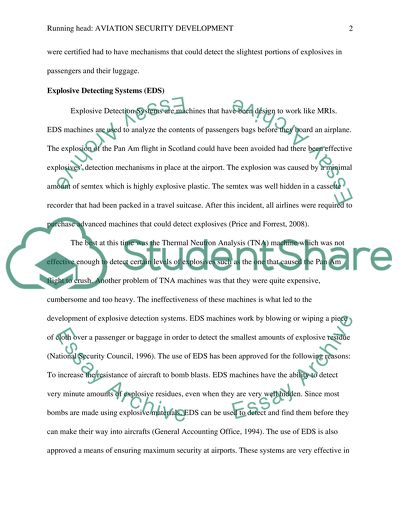Cite this document
(“Aviation Security Development Research Paper Example | Topics and Well Written Essays - 1500 words”, n.d.)
Retrieved from https://studentshare.org/family-consumer-science/1415057-aviation-security-development
Retrieved from https://studentshare.org/family-consumer-science/1415057-aviation-security-development
(Aviation Security Development Research Paper Example | Topics and Well Written Essays - 1500 Words)
https://studentshare.org/family-consumer-science/1415057-aviation-security-development.
https://studentshare.org/family-consumer-science/1415057-aviation-security-development.
“Aviation Security Development Research Paper Example | Topics and Well Written Essays - 1500 Words”, n.d. https://studentshare.org/family-consumer-science/1415057-aviation-security-development.


